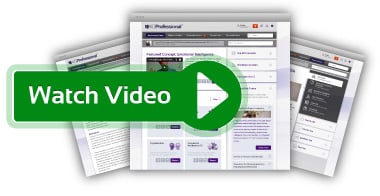Communication Theories
Communication is vital to good management and the key factor in the success of an organisation. However, when it comes to effective communication we often find barriers. Sometimes the message being given is too complex. In this technique we will review popular communication models and supply you with a suit of tools to communicate effectively.
Technique Overview

Communication Theories Definition
Communication theories refer to three things; a sender, a message and a receiver. It can take the form of one human being and the perceived environment through messages in the form of signs, symbols and thought (Mowlana, 2018). Alternatively, it can be defined as producing one point either exactly or approximately a message selected at another point (Shannon and Weaver, 1949). Models of communication aim to illustrate these theories with conceptual representations to explain the process of human communication. They can be implemented to demonstrate and improve working practice.
Communication Theories Description *
* The full technique overview will be available soon. Contact us to register your interest in our business management platform, and learn all about Communication Theories.
Business Evidence
Strengths, weaknesses and examples of Communication Theories *
* The business evidence section is for premium members only. Please contact us about accessing the Business Evidence.
Business Application
Implementation, success factors and measures of Communication Theories *
* The business application section is for premium members only. Please contact us about accessing the Business application.
Professional Tools
Communication Theories videos and downloads *
* The professional tools section is for premium members only. Please contact us about accessing the professional tools.
Further Reading
Communication Theories web and print resources *
Communication Theories references (4 of up to 20) *
- Alexandra-Mihaela, P. and Danut, D. D. (2013) ‘The Measurement and Evaluation of the Internal Communication Process in Project Management’, Annals of the University of Oradea, Economic Science Series, 22(1), pp. 1563–1572.
- Bailey J, Baillie L. Transactional analysis: how to improve communication skills, Nursing Standard. 10, 35,39-42
- Bambacas M, Patrickson M, (2008) "Interpersonal communication skills that enhance organisational commitment", Journal of Communication Management, Vol. 12 Issue: 1, pp.51-72
- Berne, E. (1964). Games people play: the psychology of human relationships. New York, Grove Press
* The further reading section is for premium members only. Please contact us about accessing the further reading.
Learn more about KnowledgeBrief Manage and how you can equip yourself with the knowledge to succeed on Communication Theories and hundreds of other essential business management techniques

